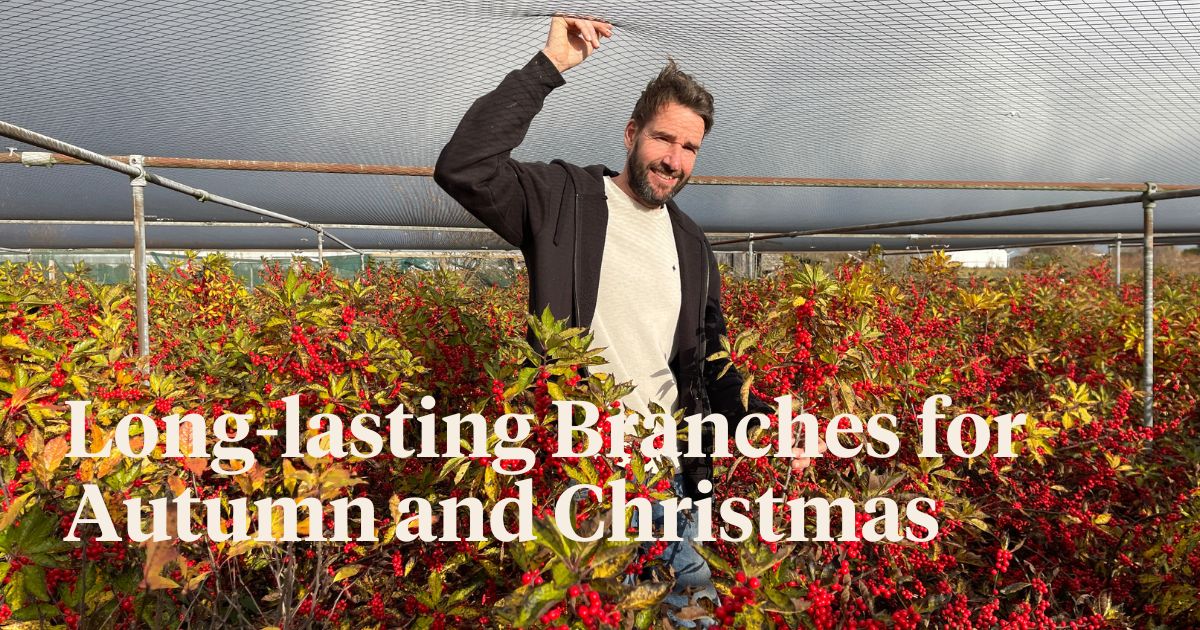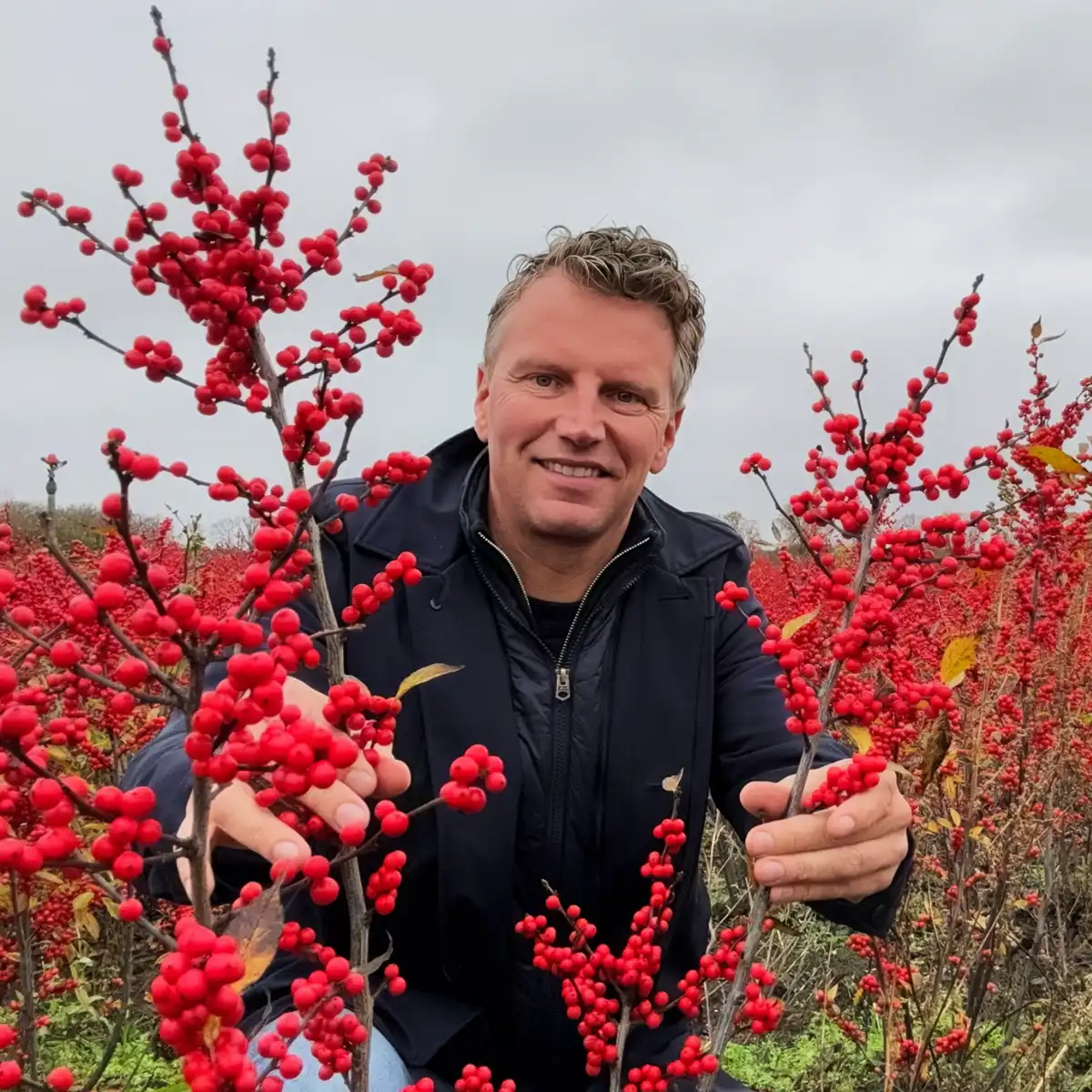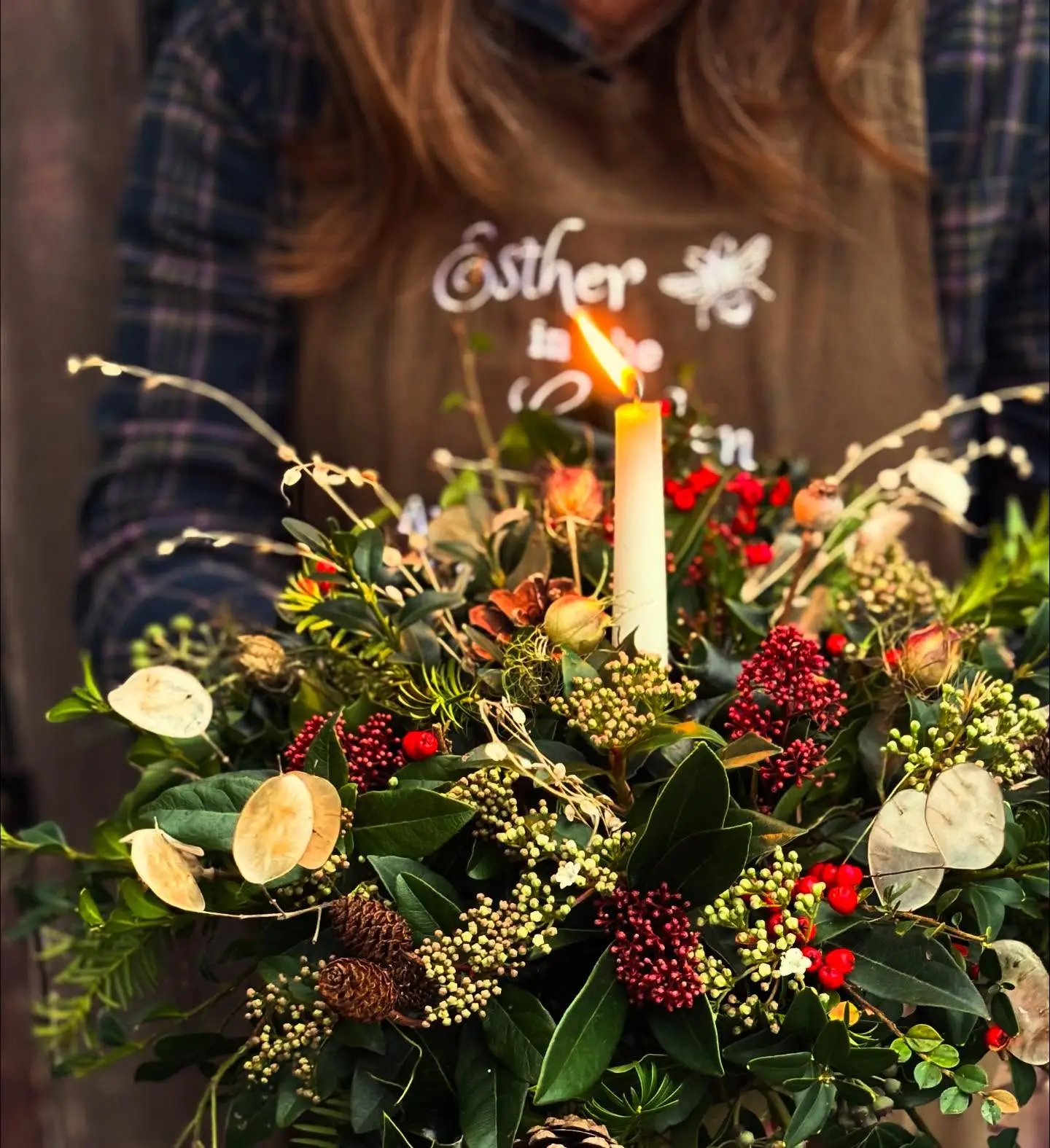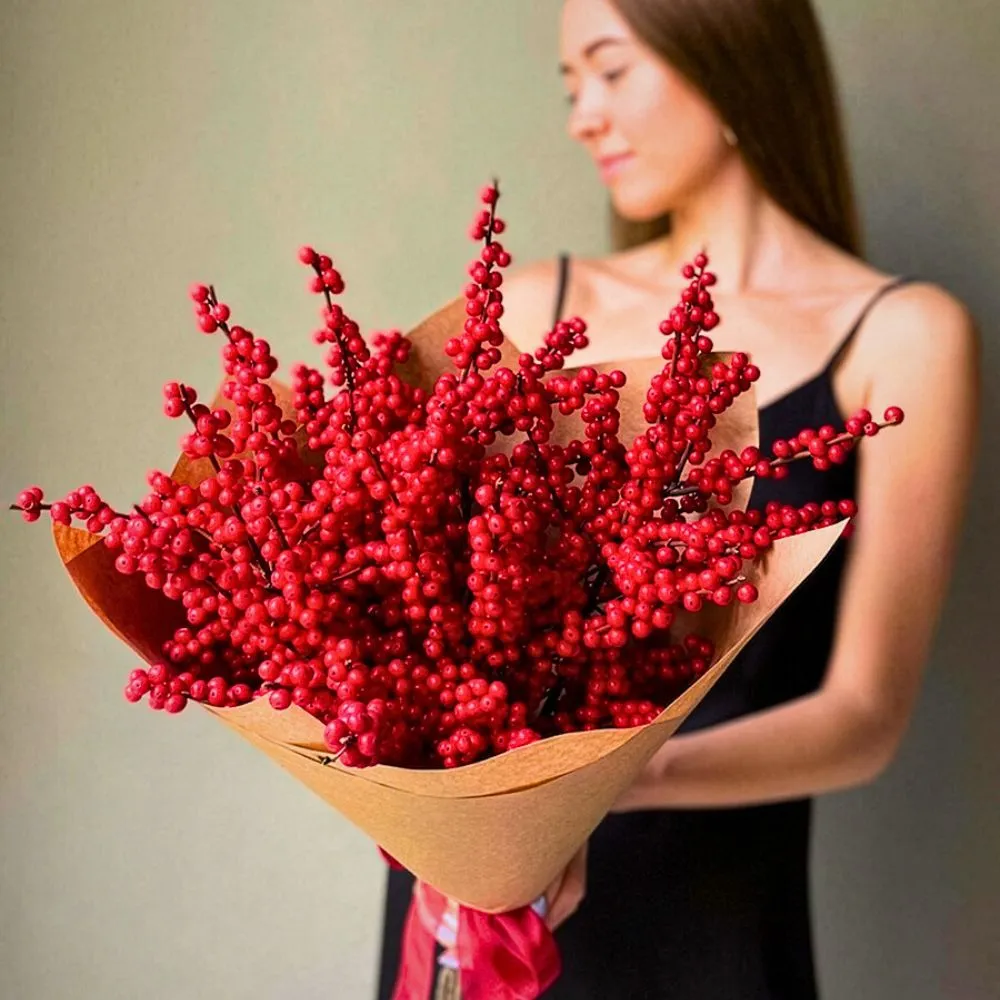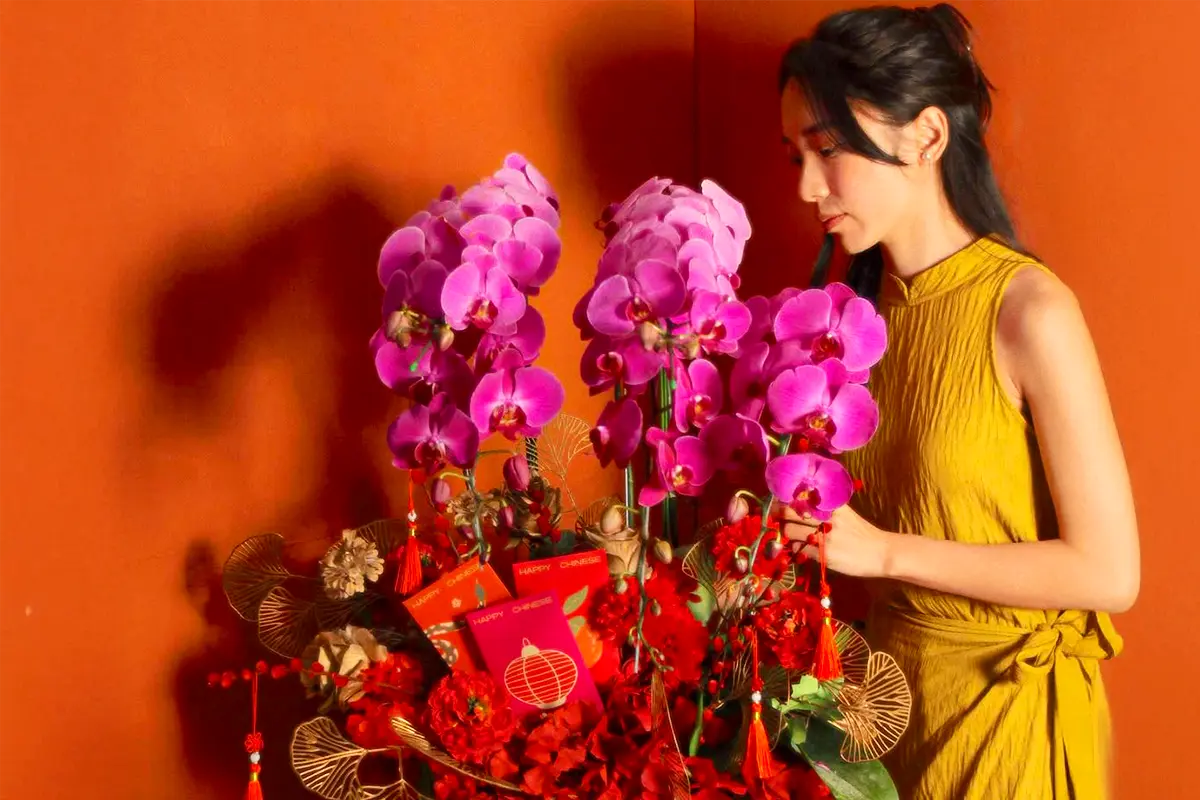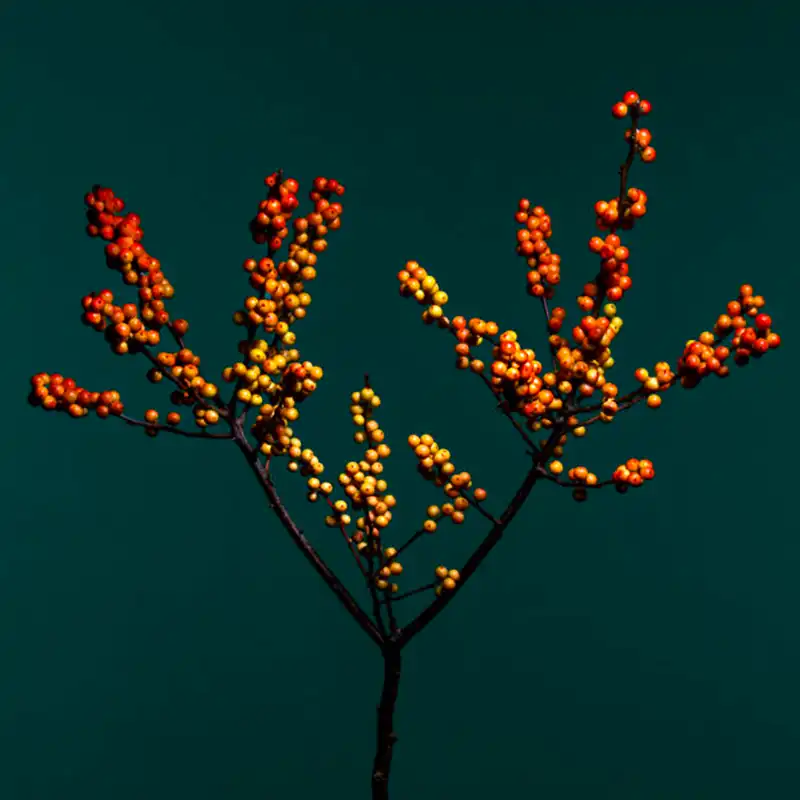This week I walk into the world of the famous Ilex verticillata, where Emiel de Jong, a dedicated grower, cultivates various varieties of these wonderful Christmas branches. oh, how life is great!
The Art of the Cultivation of Ilex
Emiel de Jong is an Ilex verticillata grower, and he specializes in seven distinct varieties. Known as winterberry, Ilex verticillata is a two-year, deciduous product. The first year is dedicated to growing the branches, and in the second year, the focus shifts to the growth of side branches, where the berries will eventually grow.
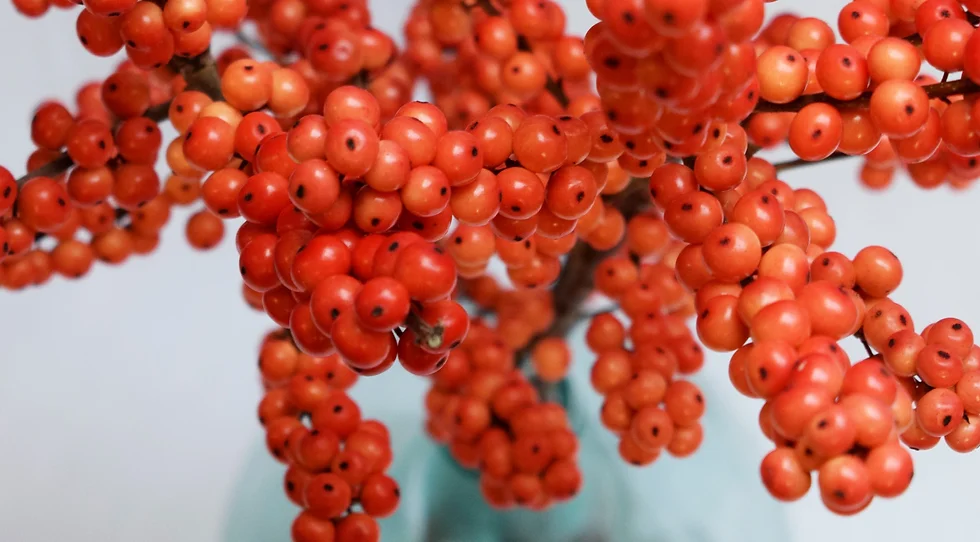
The Ilex was imported from Canada 60 years ago. The plants grow in the wild there and produce beautiful red berries. The Ilex flowering process begins in June, with white flowers adorning the side branches. It's interesting to note that only female plants bear berries, but male plants are essential for pollination during blooming. To aid the process of pollination, beekeepers strategically place beehives around the nursery, ensuring effective pollination alongside the male plants.
Depending on the weather, the berries ripen by late September. At this point, the branches are cut and placed in a greenhouse under black plastic to brood. This process helps the plants lose their leaves, after which the branches are prepared for sale. Emiel auctions his produce at the famous Aalsmeer and Rijnsburg auctions in the Netherlands.
Ilex Berries Are a Symphony of Colors and Textures
The harvest of Ilex berries starts in mid-September with the 'Golden Verboom' variety, which is usually ready for auction a week later. The warmth of early autumn makes the leaves fall more easily, a crucial step in preparing these plants for market. Following this, other varieties are harvested, with the red varieties being cut towards the end of November. As we all know, red is for Christmas, and the yellow and golden ones are used mainly in autumnal designs.
Emiel's nursery is not just about growing Ilex; it's like so many other growers in the Netherlands, a true legacy. His grandfather, Albert de Jong, initiated the family's journey with a tree nursery. His father, Bram, later introduced Ilex cultivation. Emiel and Bram worked together to expand their Ilex variety, starting with yellow tones and adding orange hues later on. From 3.5 hectares in the 1990s, their nursery has now expanded to 14 hectares, housing seven Ilex varieties.
The favorite varieties at the nursery include 'Oudijk’s Orange' and 'Ilexia Victoria.' These varieties were developed through selective breeding by Bram and his friends, not through external breeders. This hands-on approach in breeding and cultivation is a source of pride for the nursery, ensuring high-quality and diverse assortments.
Ilex Golden Verboom was a Surprise
There was a plant from Canada that had been in the field for 15 years but had never produced berries. The assumption was that it was a male variant. Until the plant was half run over by a tractor. The injured plant lagged in growth and bloomed a few weeks later but at the same time as the other Ilex. To the great surprise, it turned out not to be a male plant at all and not a red Ilex either, but a yellow variant that had now been fertilized by the male Ilex for the first time due to the late flowering and therefore produced berries for the first time. What a surprise yellow berries! With this discovery, the De Jong nursery was the first and only one to have Ilex with yellow berries. They called it 'Ilex Golden Verboom'.
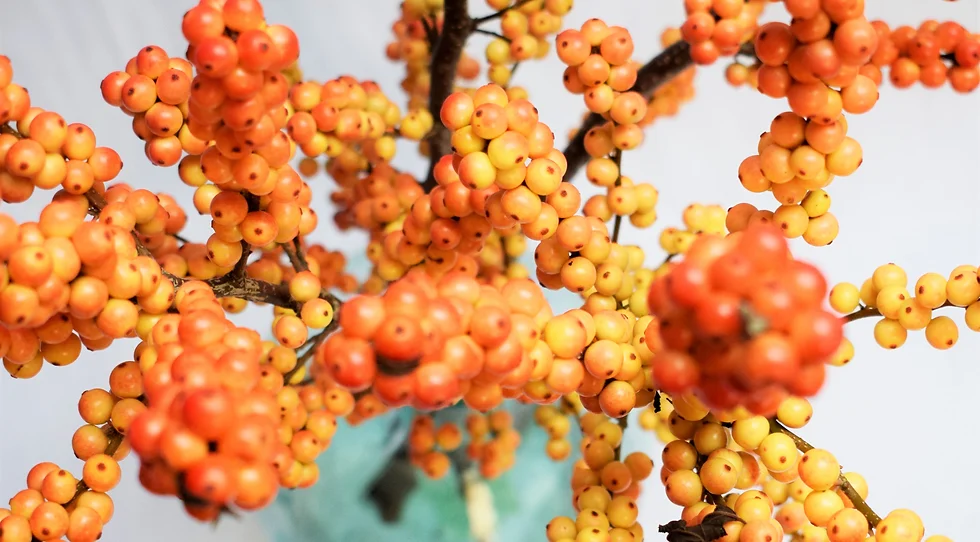
Selecting From Red to Orange and Yellow Ilex
Grandfather Albert picked and sowed the yellow berries. Hundreds of plants were placed in a pot and planted along the ditch. It then took another five years before the first berries appeared. Many red, one yellow, and several bushes did not produce any berries. They bloomed too late or too early. It was only after 15 years that a shrub was discovered along the ditch that, after a long time, produced real orange berries for the first time. They called him “Orange Beauty”. Later, more variants emerged, such as Ilex Julia and Ilex Victoria.
That is why you now have the opportunity to use these beautiful and long-lasting branches in your autumn creations from September to November. The colors of the berries range from light yellow to dark orange, absolutely beautiful!
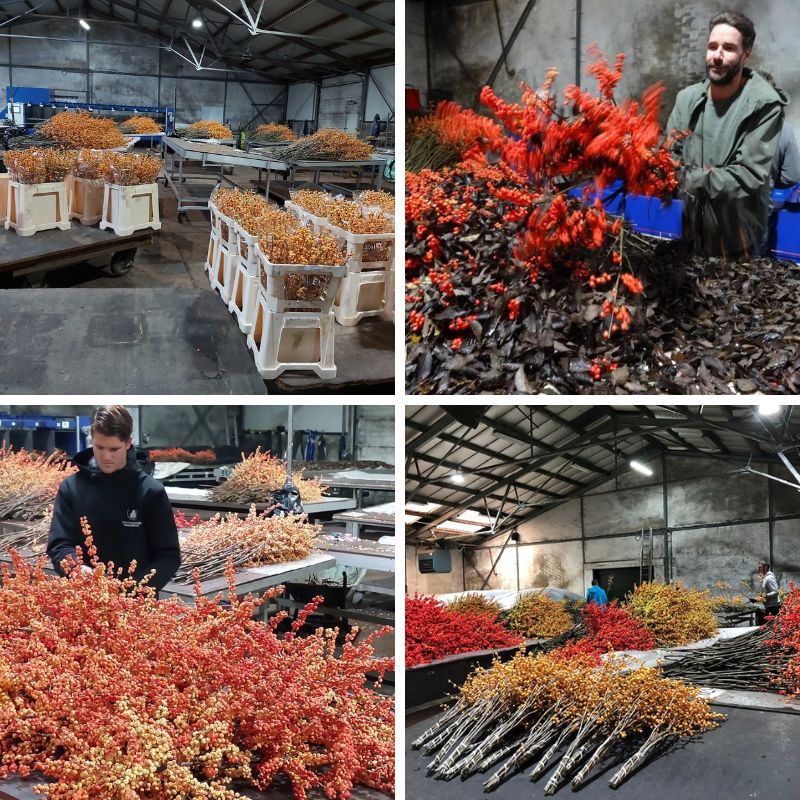
The Future of Ilex Cultivation
The Ilex cultivation at Emiel de Jong's nursery is more than just about growing plants. It's about nurturing quality, perfecting the art of breeding, and maintaining an exquisite assortment. Emiel focuses on growing thinner branches, which are more convenient for florists to work with.
Despite the success, Emiel, like many other Dutch growers, faces challenges regarding the future workforce. The waning interest of younger generations in this line of work poses a concern for the continuity of quality cultivation. But, not for Emiel's three sons who are already involved in the nursery, and are potentially taking forward the family legacy.

